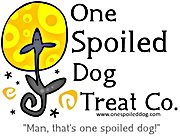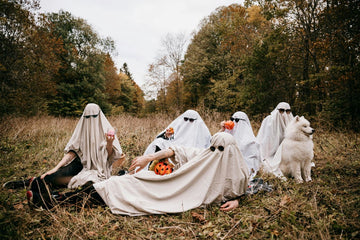Rewarding your dog for good behavior is a vital part of training and building a stronger bond with your pet. However, relying too much on food rewards can lead to overfeeding, weight gain, and an unhealthy dependence on treats. Luckily, there are plenty of other ways to reinforce positive behavior that don't involve overloading your dog with extra calories. By mixing up the rewards, you can keep training fun, effective, and healthy for your dog.
Understanding Why Rewards Work
Dogs learn best when good behavior is followed by something positive. Treats are a convenient and effective way to reward them, but they’re not the only option. Dogs thrive on praise, affection, and play, and all of these can be used to encourage good behavior. The trick is finding what motivates your dog beyond just food.
Alternative Ways to Reward Good Behavior
- Verbal Praise
Dogs respond well to a cheerful, encouraging tone. Phrases like “Good boy!” or “Yes!” in a happy voice can reinforce good behavior. Over time, combining verbal praise with treats can help wean your dog off food rewards while still rewarding the behavior.
- Physical Affection
Many dogs enjoy being touched as a reward. Belly rubs, ear scratches, or a gentle pat on the head can feel just as rewarding as a treat. Be sure to personalize the affection based on what your dog enjoys most, some dogs might prefer a chest rub, while others like head pats.
- Playtime
For active dogs, play can be a fantastic reward. A quick game of tug-of-war, fetch, or just running around in the yard can help reinforce good behavior while giving your dog a chance to burn off some energy. If your dog follows a command, reward them with their favorite toy or a few minutes of play.
- Training as a Reward
If your dog loves learning new things, you can make training part of the reward. For example, after your dog successfully sits, teach them a fun new trick like “high five” or “spin.” The opportunity to learn something new can be a great motivator.
- Freedom and Exploration
If your dog enjoys walks or exploring new places, use that as a reward. For example, if your dog sits patiently before going out for a walk, reward them by letting them explore a new path or sniff a favorite spot. This works especially well for leash training and helping your dog learn impulse control.
- Life Rewards
Everyday privileges can also serve as rewards. Letting your dog up on the couch, giving them access to the backyard, or handing over their favorite chew toy can reinforce positive behavior. For instance, if your dog sits calmly before mealtime, place their food bowl down immediately as a reward.
Using Treats Wisely
While treats can still be part of your reward system, it’s important to use them carefully to avoid overfeeding.
- Use Smaller Treats
Instead of giving large treats, opt for smaller pieces. A tiny, pea-sized treat can be just as rewarding for your dog. You can also break larger treats into smaller pieces to spread out the rewards.
- Choose Low-Calorie Options
If you’re using treats regularly, try to pick low-calorie ones. Many dog treats come in low-fat, natural varieties, or you can use healthy alternatives like small pieces of fruits and vegetables (e.g., carrots, blueberries, or cucumbers).
- Incorporate Kibble into Training
If your dog is highly food-motivated, you can use their regular kibble as a reward. This works well when you train before meals since your dog will likely be more receptive to food-based rewards.
- Transition to Intermittent Treating
As your dog becomes more familiar with a behavior, start offering treats less often. Use a variable schedule where sometimes your dog gets a treat, and other times, they get praise or a different reward. This keeps them engaged without relying too heavily on food.
- Combine Treats with Other Rewards
Pair treats with verbal praise, play, or affection to shift the focus away from food. Over time, you can gradually reduce the number of treats and rely more on non-food rewards.
Avoiding Common Pitfalls
- Overfeeding Without Realizing: If multiple people are giving your dog treats throughout the day, it’s easy to lose track of how many they’re getting. Consider setting a daily treat limit to help manage this.
- Rewarding Unwanted Behavior: Be mindful of what behaviors you're reinforcing. For example, if your dog jumps on you and you give them attention, you might unintentionally reward that behavior.
- Inconsistent Training: Consistency is key. Make sure everyone in your household uses the same training approach and rewards in a consistent way.
Final Thoughts
Rewarding your dog for good behavior is crucial for training, but it doesn’t have to mean overfeeding. By using a mix of verbal praise, affection, play, and life rewards, you can keep your dog motivated and well-behaved without relying too much on food. Treats can still play a role, but with mindful use, they won’t become the main motivator. A balanced approach to rewards helps create a happy, well-trained dog while keeping their health in check.

